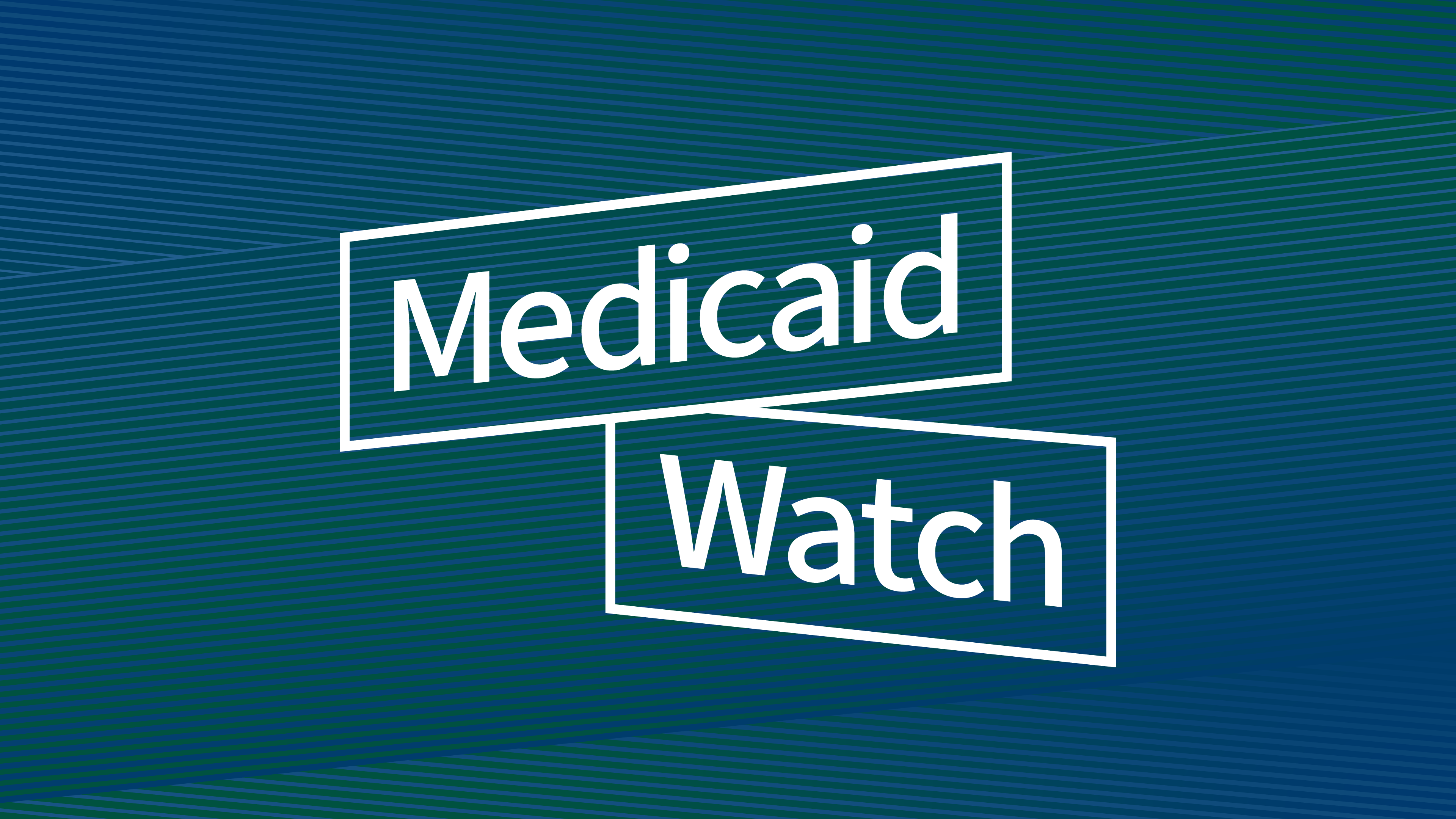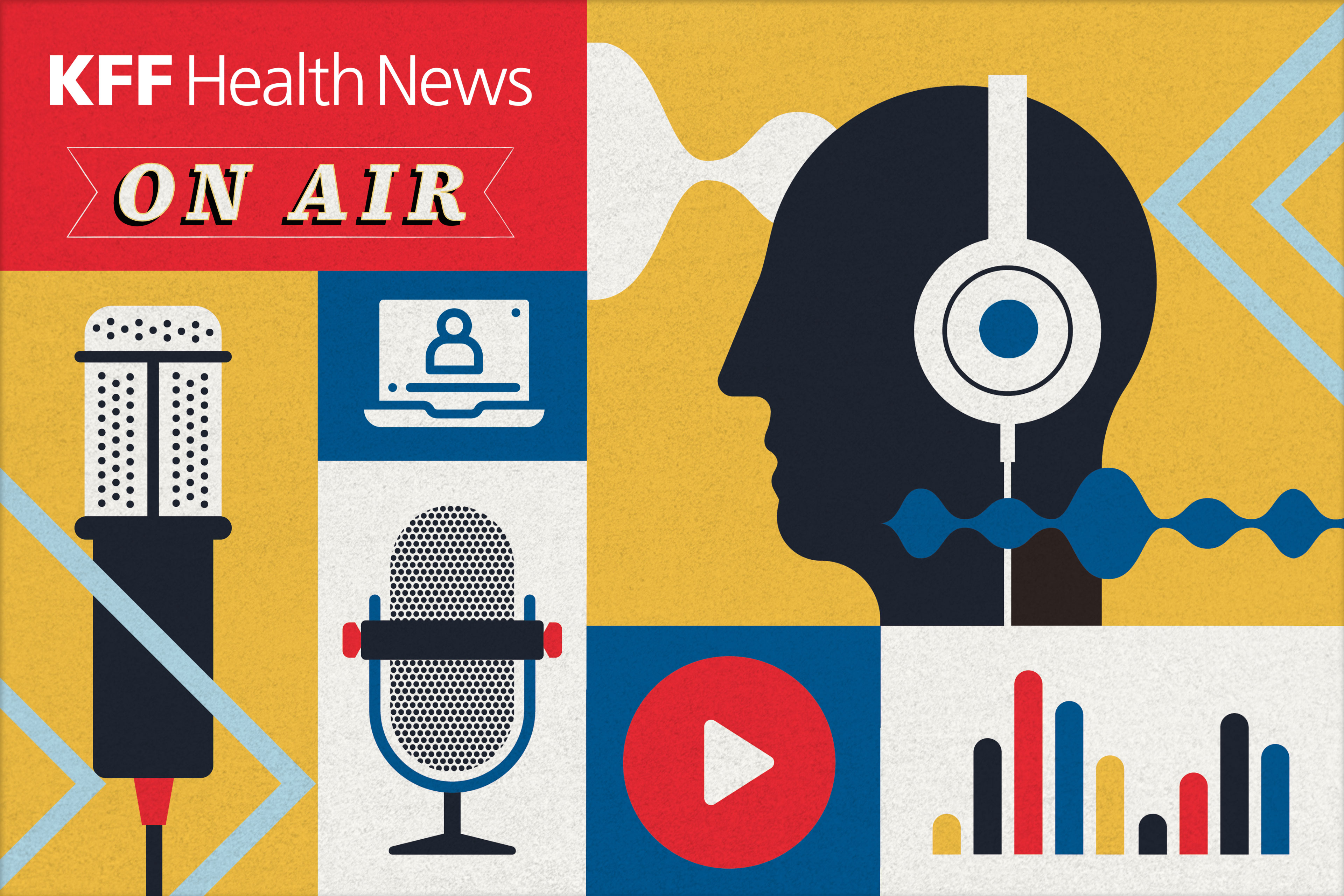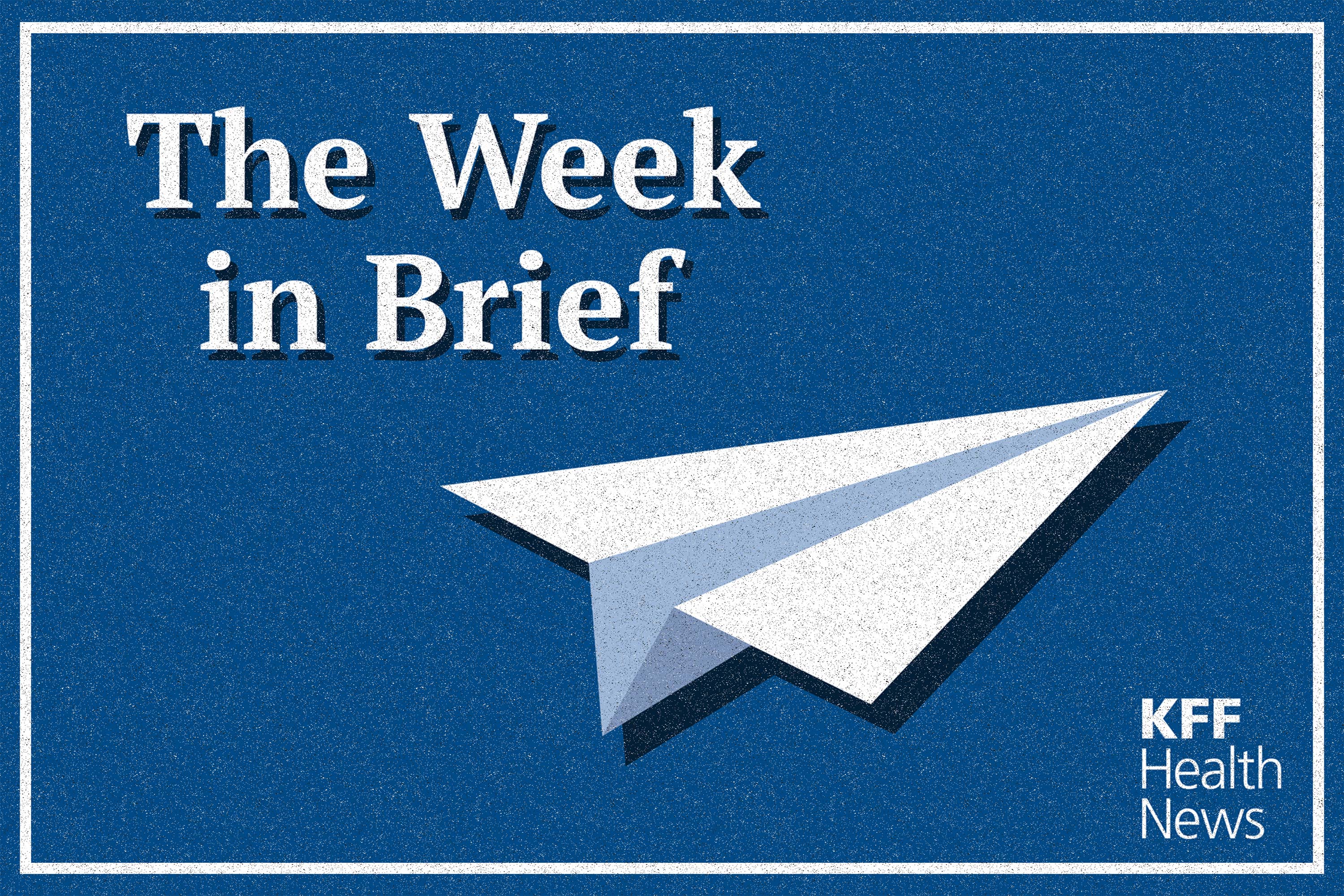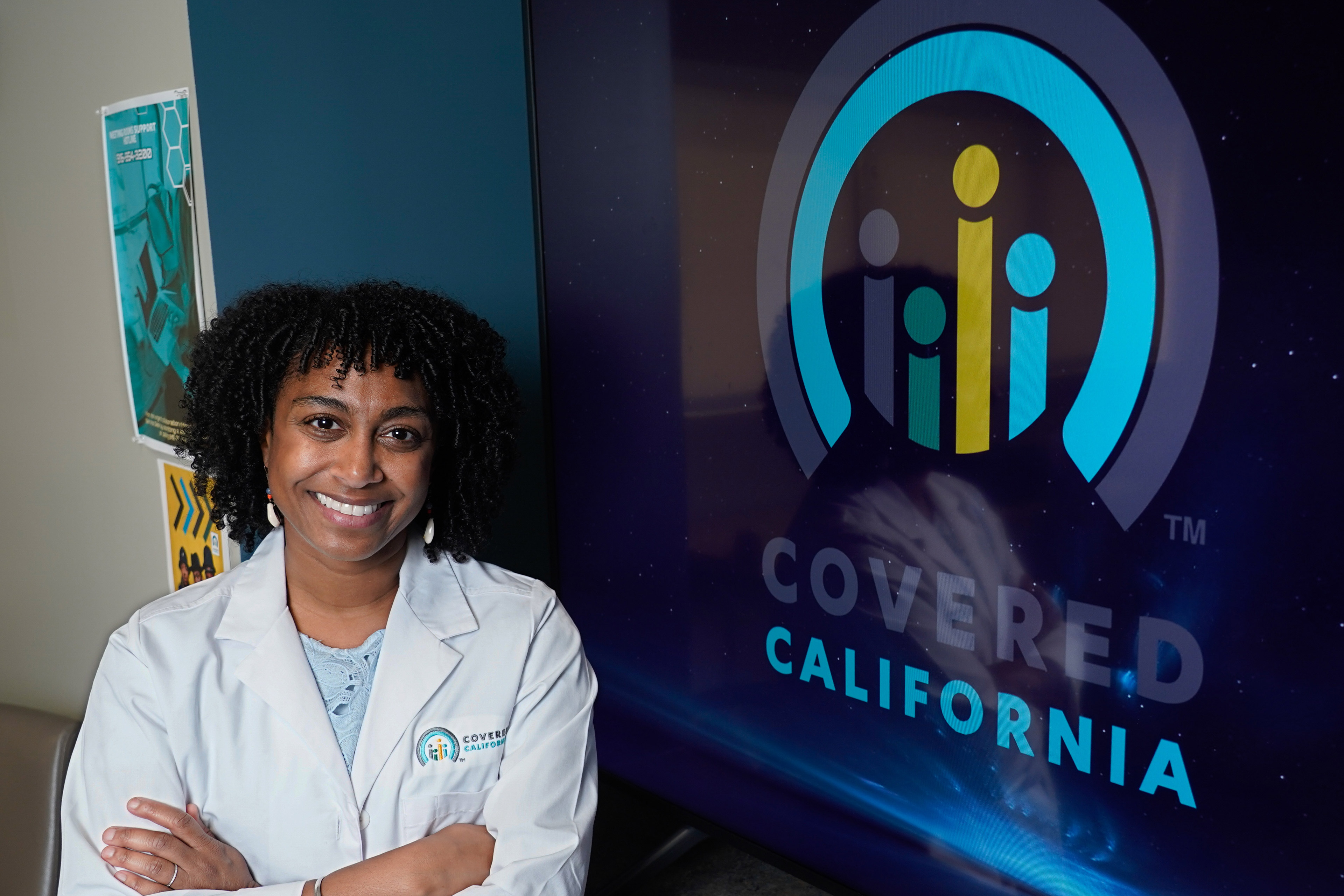Medicaid
The Essentials
Medicaid Section 1115 Waivers: The Basics
We explain how these waivers are used, summarize key waiver requirements, and outline the application and approval process.Medicaid Financing: The Basics
Medicaid represents $1 out of $6 spent on health care in the U.S. and is the major source of financing for state health coverage and long-term services and supports for low-income residents.
Health Policy 101: Medicaid
KFF’s new primer on U.S. health policy examines how major public programs like Medicaid, Medicare, and the ACA are structured, funded, operated, and more.10 Things: Medicaid Managed Care
Managed care is the dominant delivery system for people enrolled in Medicaid. Data show that 75% of Medicaid beneficiaries nationally were enrolled in comprehensive managed care organizations (MCOs) in 2022.
Eligibility and coverage
Eligibility, Enrollment, and Renewal Policies
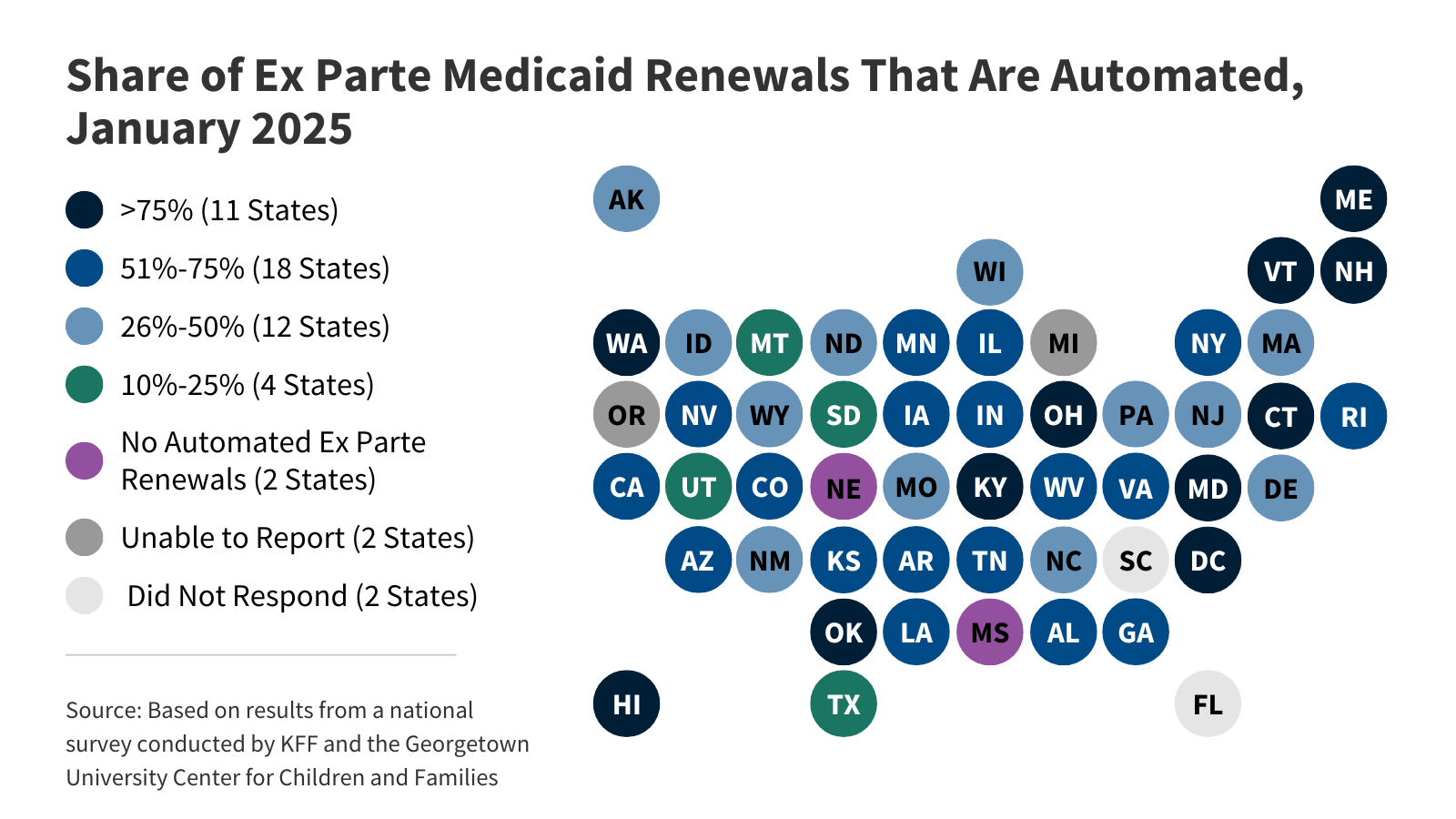 KFF’s survey findings capture state actions that seek to improve the accuracy and efficiency of Medicaid and CHIP enrollment and renewal processes, as of January 2025.
KFF’s survey findings capture state actions that seek to improve the accuracy and efficiency of Medicaid and CHIP enrollment and renewal processes, as of January 2025.Seniors and People with Disabilities
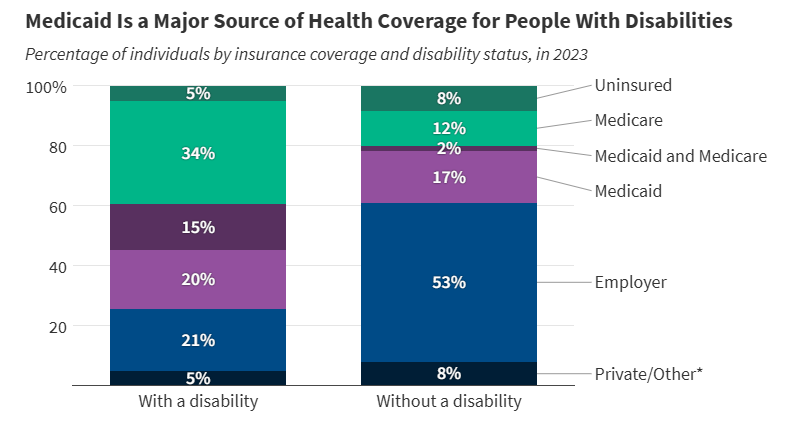 More than 1 in 3 people with disabilities (15 million) have Medicaid (35%). In comparison, only 19% of people without disabilities have Medicaid.
More than 1 in 3 people with disabilities (15 million) have Medicaid (35%). In comparison, only 19% of people without disabilities have Medicaid.Children with Special Health Care Needs
 Amid debates about proposed cuts to federal Medicaid spending, this brief analyzes key characteristics of children with special health care needs and explores how Medicaid provides them with coverage.
Amid debates about proposed cuts to federal Medicaid spending, this brief analyzes key characteristics of children with special health care needs and explores how Medicaid provides them with coverage.Adults with Mental Illness
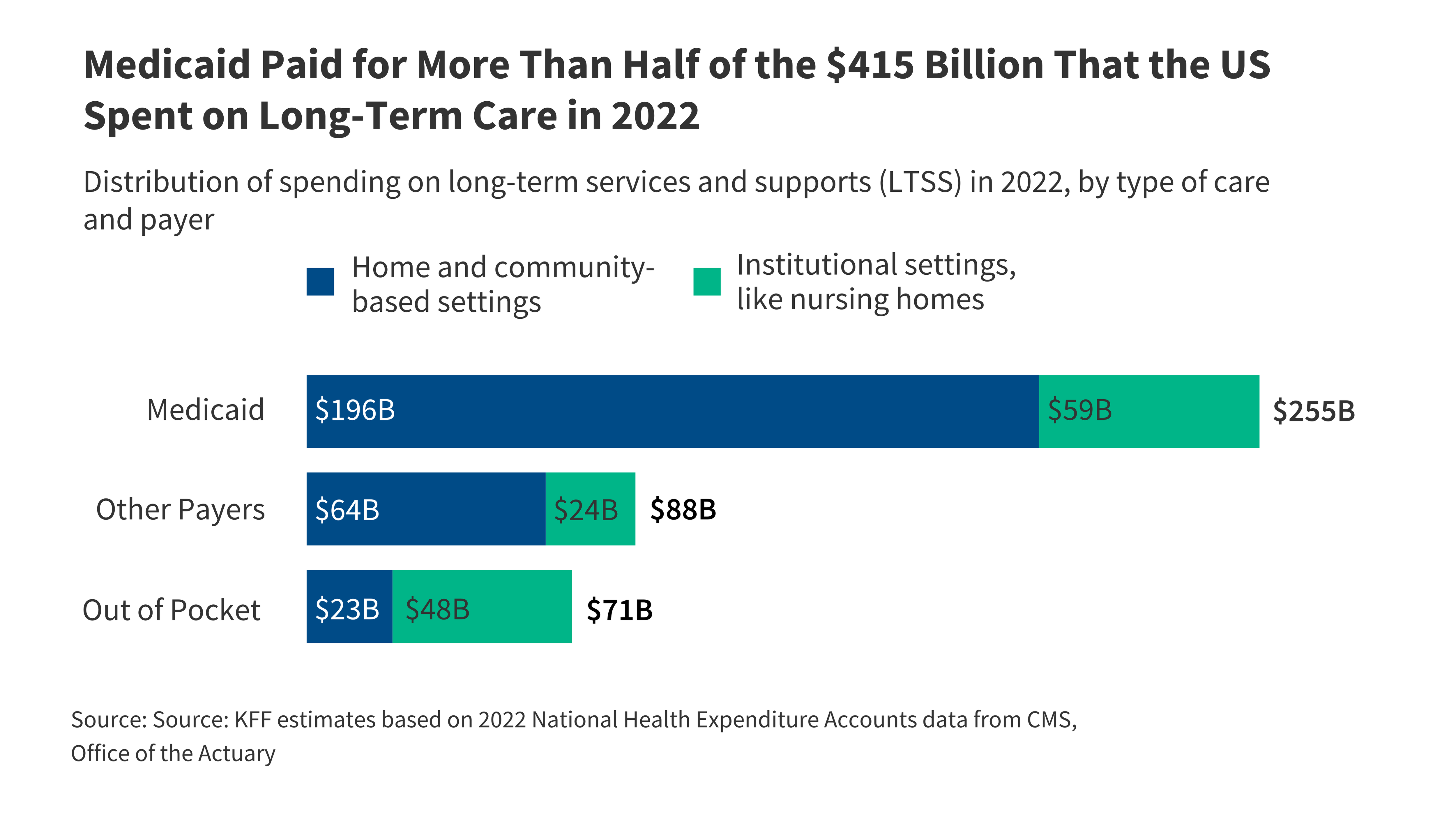 Options under consideration in Congress to significantly reduce Medicaid spending could have major implications for adults who live with mental illness.
Options under consideration in Congress to significantly reduce Medicaid spending could have major implications for adults who live with mental illness.Adults with Chronic Conditions
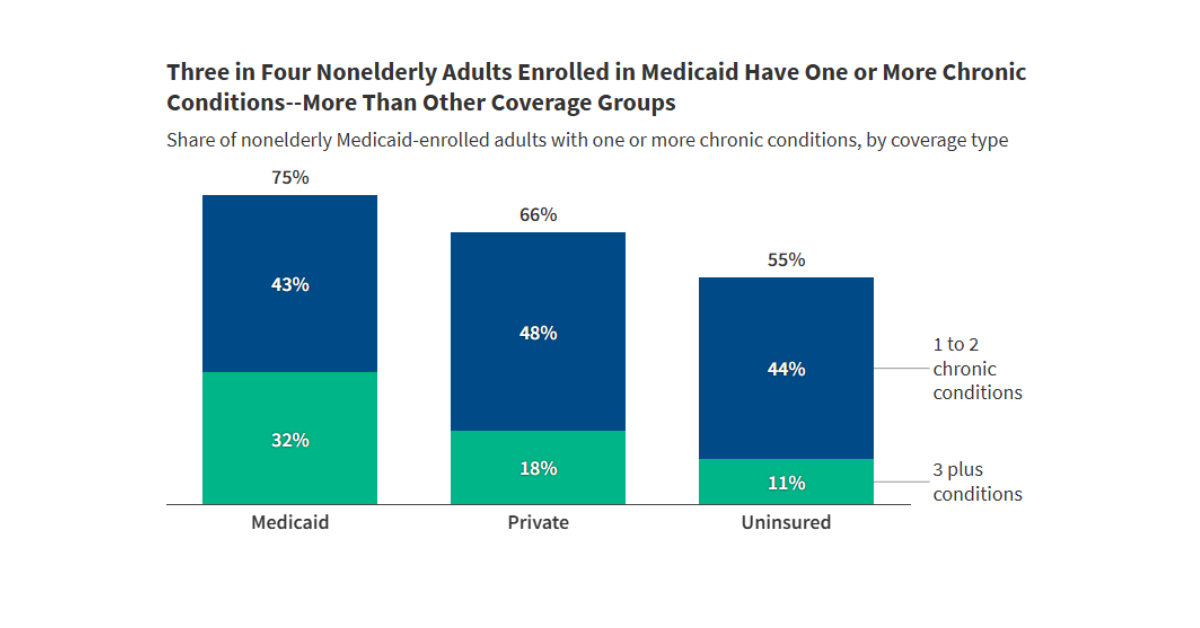 Among working age adults enrolled in Medicaid, approximately three quarters have one or more chronic conditions, and nearly one-third have three or more.
Among working age adults enrolled in Medicaid, approximately three quarters have one or more chronic conditions, and nearly one-third have three or more.
key facts about medicaid

